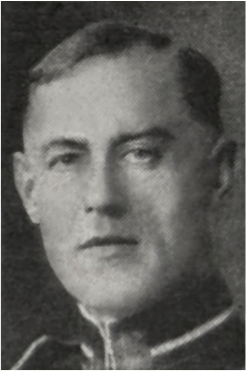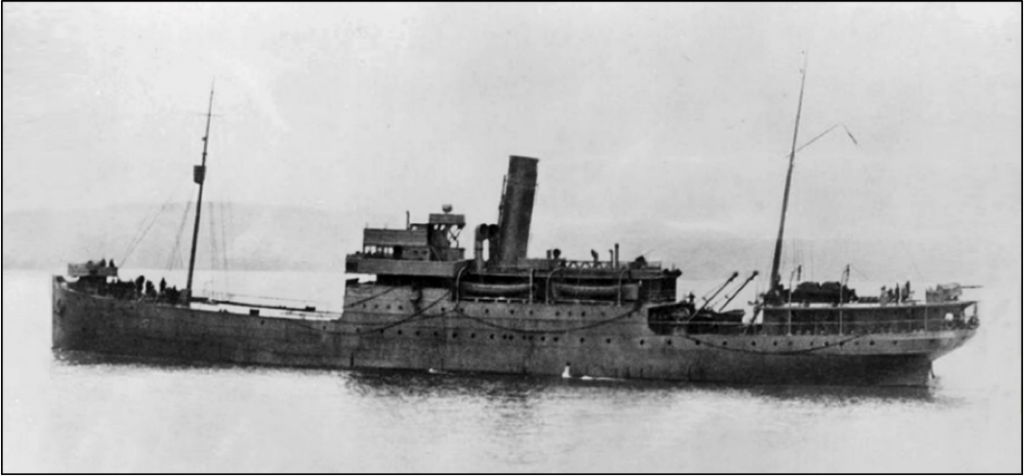Great War Dundee
This is Dundee's story of those that served in the First World War, and of the people left at home
- At the Front
- Dundee’s Own
- Battle of Loos
- Ranks, roles and jobs
- Daily life at the front
- The War at Sea
- HMS Vulcan and the 7th Submarine Flotilla
- ‘Dundee Ladies Drowned.’ U-boats and Surface Raiders
- ‘Every shot was a hit!’ HMS Dundee and the North Sea Blockade
- ‘Engaged submarine with gunfire.’ HMS Perth and the Red Sea Patrol
- Sea Soldiers. HMS Unicorn and the Royal Naval Volunteer Reserve
- North Sea Patrol. Royal Naval Air Station Dundee
- Commemoration. The Roll of Honour and Seamens’ Memorial
- Letters to and from home
- Dundee facts about WW1
- 5 myths of WW1
- Brave Animals
- Cemeteries and memorials worldwide
‘Every shot was a hit!’ HMS Dundee and the North Sea Blockade

Britain was ideally placed to block Germany’s access to ocean trade routes and the Royal Navy’s stranglehold on enemy merchant shipping was enforced, between Scotland and Iceland, by the Northern Patrol of elderly warships and converted merchantmen of the 10th Cruiser Squadron. The Caledon-built SS Dundee, flagship of the Dundee, Perth & London line, was requisitioned for the Northern Patrol in 1915, fitted with guns and painted drab naval grey.
On 16 March 1917, Dundee and the cruiser HMS Achilles intercepted a large merchantman north of the Faeroe Islands and ordered her to stop for inspection. At 3.40 pm, just after Dundee’s boarding party had gone aboard, the supposedly neutral Norwegian steamer Rena revealed her concealed armament. She was a disguised enemy surface raider and an already suspicious Commander Selwyn Day RNR, Dundee’s commanding officer saw:
…the large Norwegian flag painted on her port quarter fall outboard, being hinged on the lower side, and I gave the orders “Fire” and “Half speed ahead” to keep station, the raider now slewing rapidly to port with slight, if any, headway. Two torpedoes followed from her in quick succession, passing from 20 to 50 feet astern [of Dundee]…Our guns were already firing, and every shot was a hit. The first (from our aft 4″) raked her port battery deck, causing an explosion and volumes of smoke. The fore gun fired through the deck into her engine-room and volumes of steam spread with intense smoke and flames…the 3-pdr. gun fired at her bridge. Forty-four 4″ and twenty-five 3-pdr. rounds were fired at about 1,000 yards’ range before the raider fired her first gun.

Dundee (pictured above) had by then used up all her 4” ammunition and was still coming under return fire. She was, as Commander Day would later recall, ‘in a difficult position.’ There was much relief when HMS Achilles closed and finished off the enemy vessel, which turned out to be the heavily-armed surface raider Leopard, sending her to the bottom with all of her 319 crew and Dundee’s six-strong boarding party.

Dundee was herself torpedoed and sunk south-west of the Scilly Isles on 2 September 1917. Eight of her crew died, among them Dundonians Engineer Sub-Lieutenant Thomas Brodie (27), a former Carolina House Orphanage boy, Leading Stoker Andrew Fenwick (29) from Blackscroft and Stoker James Lavery (38) from Lilybank Road.
Despite long and often boring patrols, frequently appalling weather and unsuitable ships manned by a mix of regulars, reservists and civilians, the Northern Patrol stopped and searched 12,979 ships in the North Atlantic between 1914 and its withdrawal in 1917. Just 642 ships reached Germany without being intercepted.
